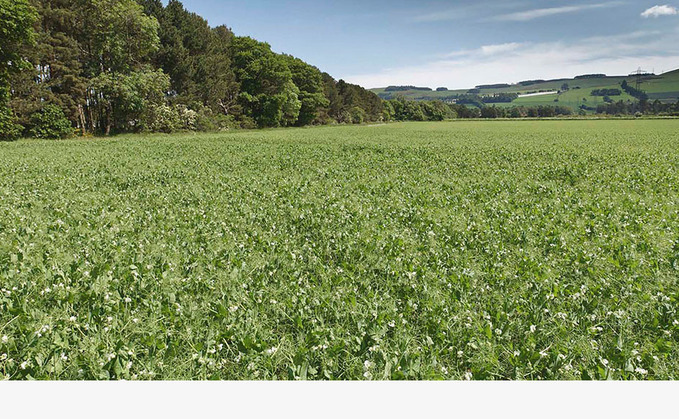
Often chosen as a last-minute break crop, a lack of attention to detail with some pulse crops means they are not given the opportunity to reach their full potential. This is according to Toby Hogsbjerg...

Often chosen as a last-minute break crop, a lack of attention to detail with some pulse crops means they are not given the opportunity to reach their full potential. This is according to Toby Hogsbjerg...